There is a Rainbow that never leaves the sky

Once upon a time there was an endless forest – a “very organized” forest, where everyone had their role, worked “as a team” and nothing went wrong. It is in this forest, which many children know from the book Os Sarilhos do Amarelo, that one day echoes a warning cry: “Amarelo [Yellow] has disappeared, Amarelo has disappeared!”.
The story that Pedro Rosário tells in his book takes the little ones on an adventure in search of an Amarelo [Yellow] who is “always ready to get into trouble” and leaves the rainbow incomplete. But the work of this psychologist from the University of Minho goes beyond this: based on the story, several tasks are proposed to help educators develop certain skills (of autonomy and self-regulation) in children.
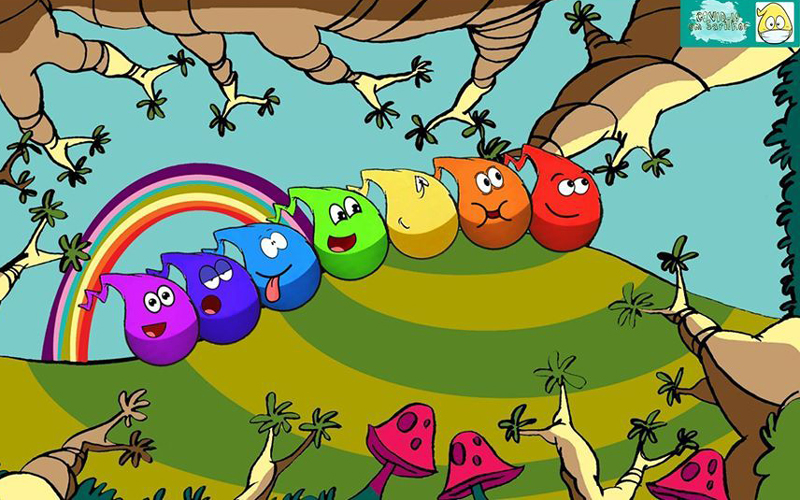
At the end of the first chapter, for example, each child is asked if they feel more like Vermelho [Red], very fast and confident, if they are more Azul [Blue] (playful and distracted), more lazy like Anil or strong and brave like the Violeta [Violet]. Among the proposed activities, there is the exploration of the concept of order and arrangement or planning; exploring language, drawing or even mimicry; there are challenges that seek solutions, conversations about fear or teamwork. This too is an endless world.
This idea of developing skills through a story was published in Sarilhos do Amarelo in 2007 and adopted as a reference methodology by many Gulbenkian Knowledge Academies in the country.
Leisure, Learning, Helping, Collaborating
Many Academies were working with the Rainbow colors when Covid-19 forced children and educators to stop this interaction, which is also a work of self-knowledge and of acquiring social and emotional skills.
Like the characters in the Sem-Fim [Endless] forest looking for Amarelo, Pedro Rosário wasted no time. He gathered his Grupo Universitário de Investigação em Autorregulação da Universidade do Minho (University Research Group in Self-Regulation at the University of Minho – GUIA) and, a week after closing the schools, the Covid-19 em Sarilhos [Covid-19 in Trouble] was born on Facebook and Instagram.
In addition to “ensuring that the children continued to be supported”, it was a golden opportunity to “open [the project] to the families, who would now be more available” for the children, explains Pedro Rosário.
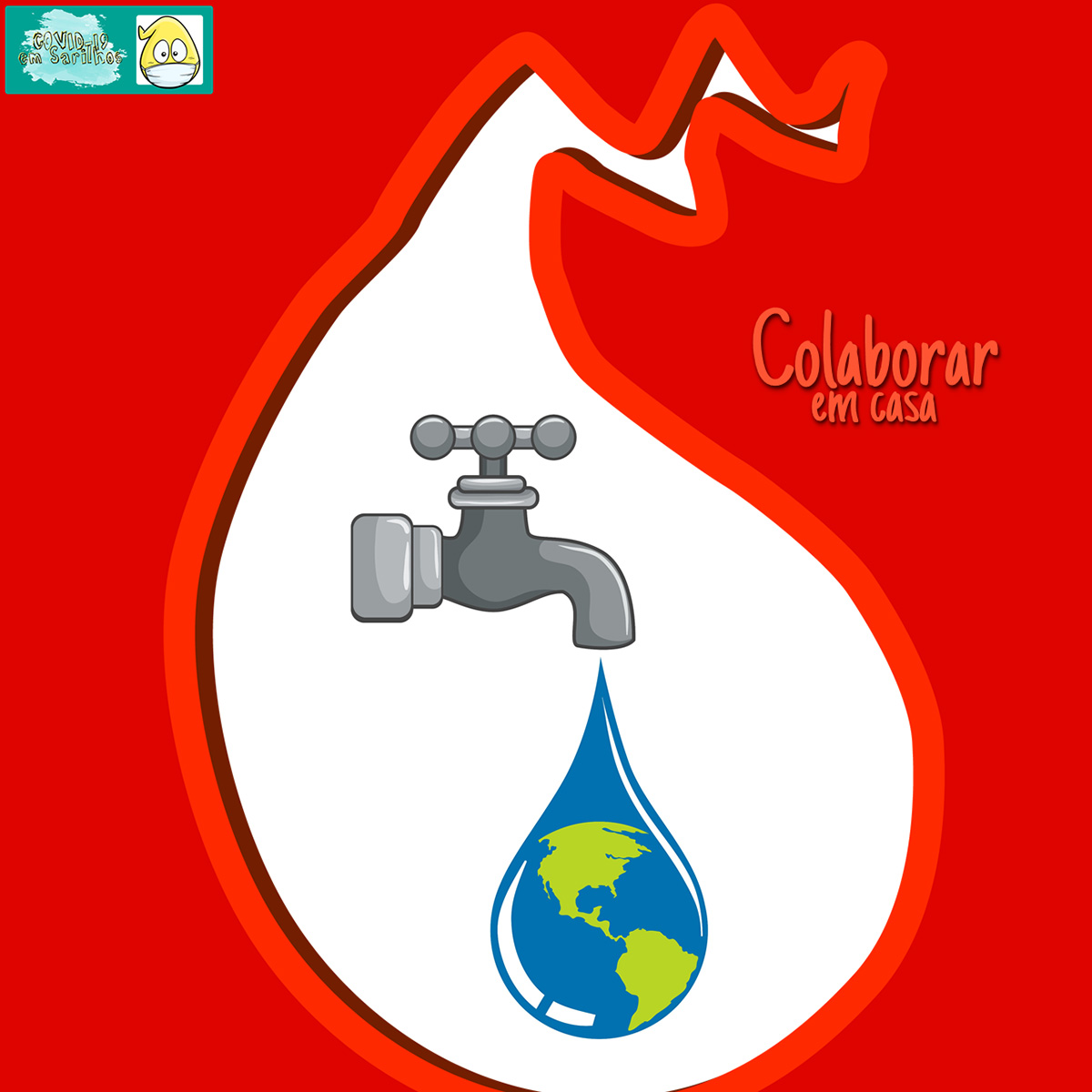
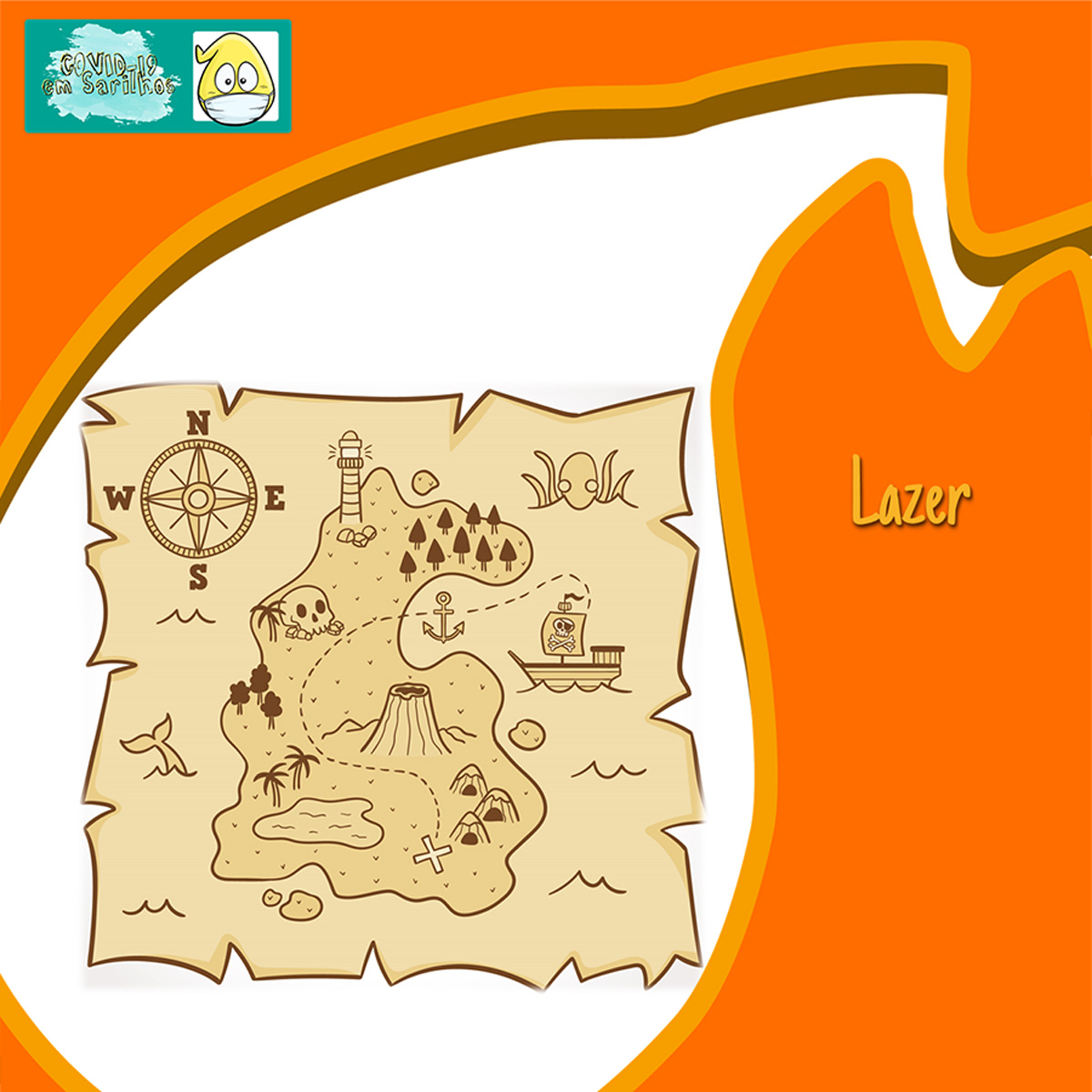
There are activities and challenges every day, at Covid-19 em Sarilhos: from having a snack with someone who needs company or learning Portuguese sign language, playing hide and seek in slow motion, checking if the taps in the house drip, taking the weight off the shoulders of those who care for us or build a puppet show. The activities, which seek the potential of each color of the rainbow, were divided into four categories: Leisure, Learning something, Helping someone and Collaborating at home. On Thursdays there is a well-known story, with hints for conversations between parents and children.
Listen to Pedro Rosário tell the fable A Lebre e a Tartaruga [The Hare and the Tortoise] in this video on Facebook page Covid-19 em Sarilhos.
The 42 elements of GUIA work seven days a week, placing content of all kinds on social networks. Therefore, Sundays are celebrated with a mosaic in which everyone commemorates the end of another week fighting Covid-19.
Fun and games and lots of research
GUIA wants to make children’s days “more colorful, during this time of seclusion”. But underneath all this entertainment, important academic work is being done in the field of Educational Psychology.
Watch the animation “Organizar os sentimentos” [Organizing feelings] on Facebook page Covid-19 em Sarilhos.
The university group coordinated by Pedro Rosário is interested in promoting self-regulatory skills in children and in assessing whether working on a certain competence could have an impact on that child’s learning later in life. In short, says Pedro Rosário, “we [and all Gulbenkian Academies of Knowledge that have adopted this methodology] work the predisposition [of each child] for learning”.
If Sarilhos do Amarelo had been set aside during confinement, if it had not been transformed into Covid-19 em Sarilhos, “if chaos ensued, the kids would not want to do anything. Without motivation, the kids do not advance – or, even worse, they would return but no longer understand”, which is like saying they missed the train, and that is what Pedro Rosário and his team want to fight.
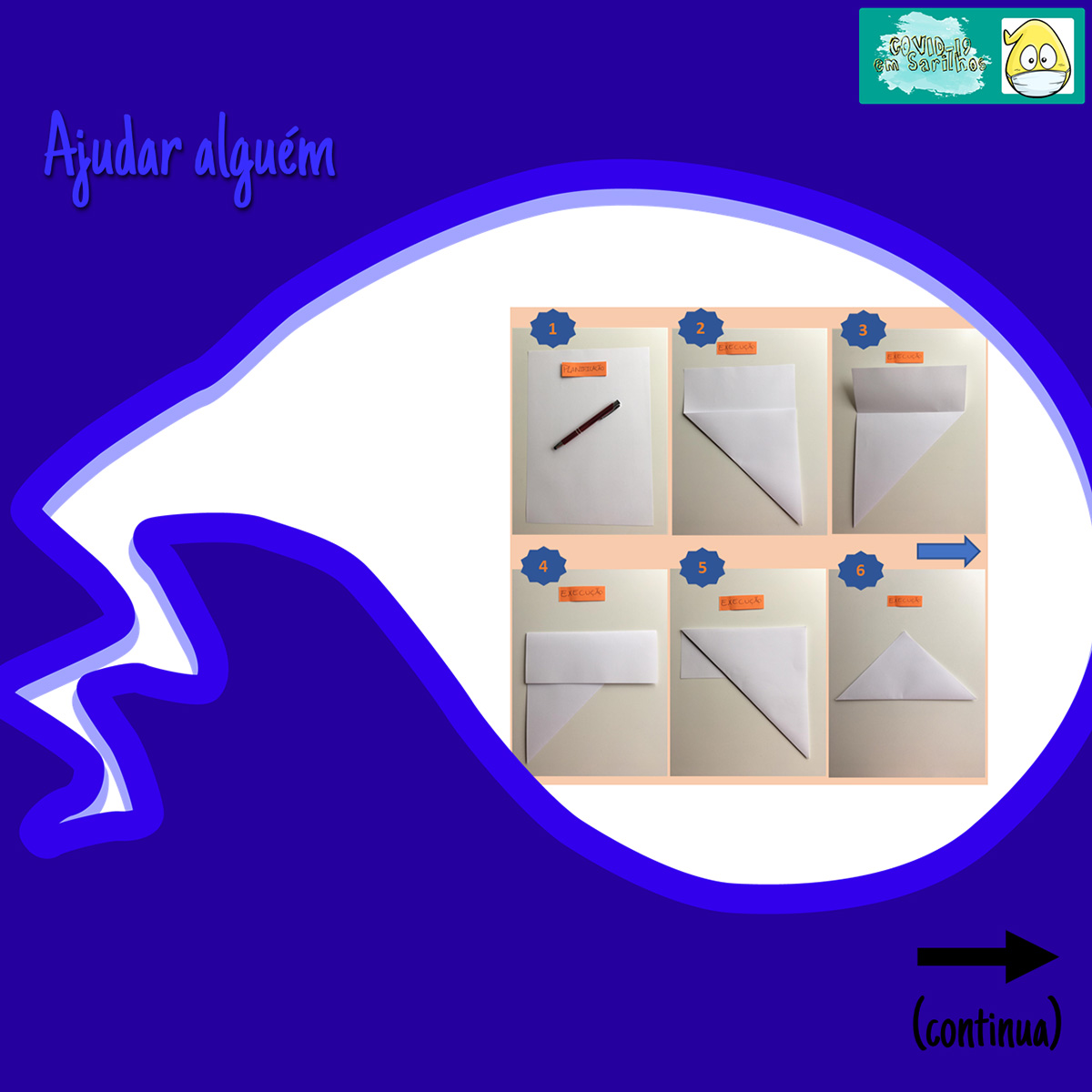
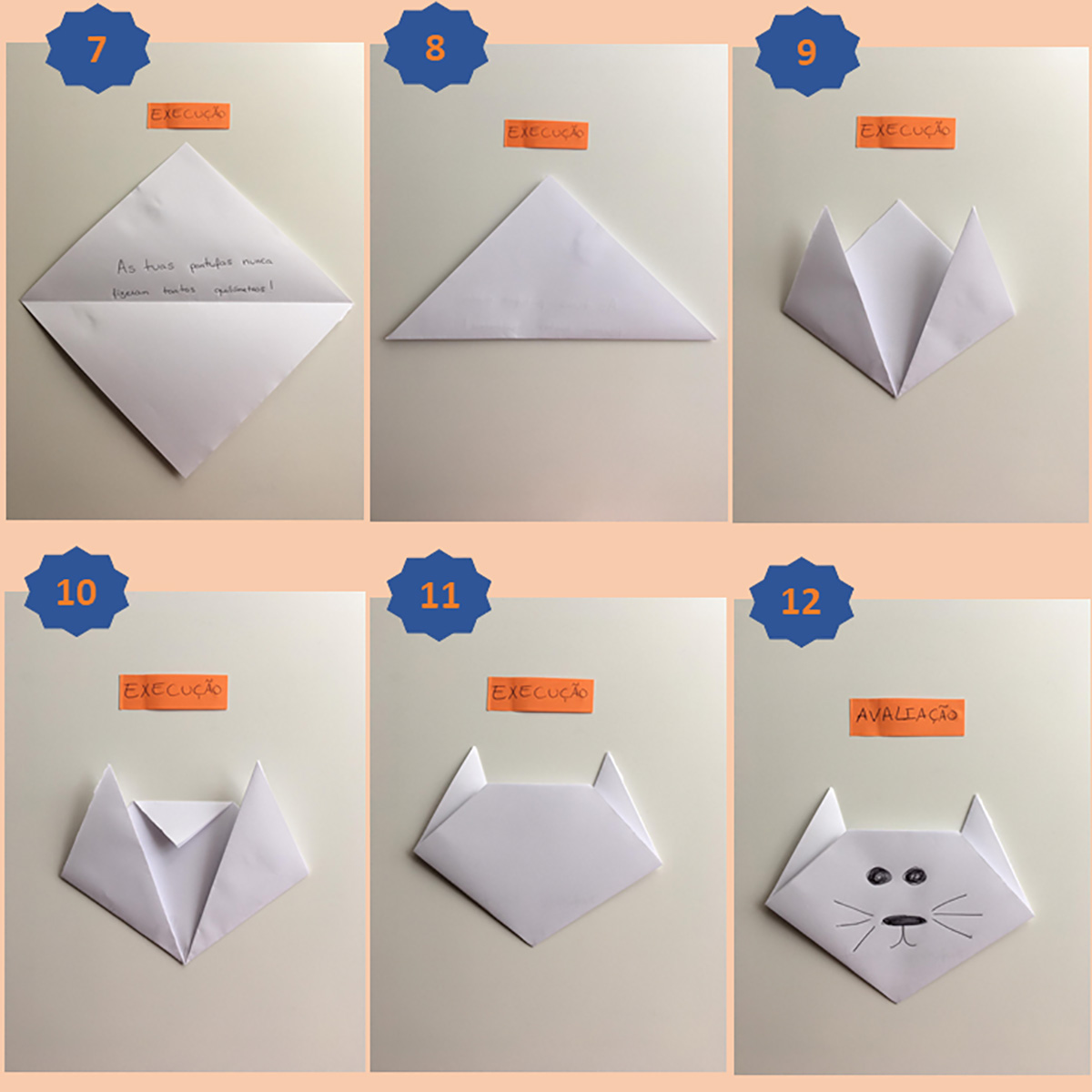
GUIA began by studying self-regulation with university students (in a program based on As Cartas de Gervásio ao Seu Umbigo). It then focused on students from the 2nd and 3rd cycles (that was when As Desventuras do Testas was born). Sarilhos do Amarelo is the younger brother of the collection and is used with preschool and elementary school children from all over the country (and in many other countries as well). Covid-19 em Sarilhos emerges “to help the Academies and the families, to facilitate their work during confinement, so that the children continue to have support.” Because, with GUIA, Pedro Rosário says again and again, nobody is left behind.

